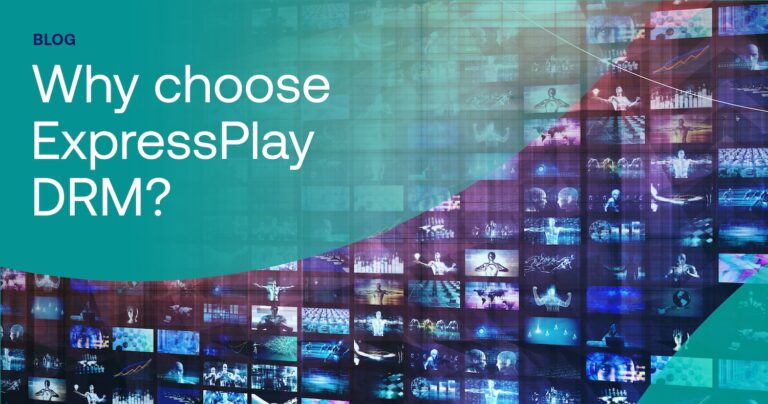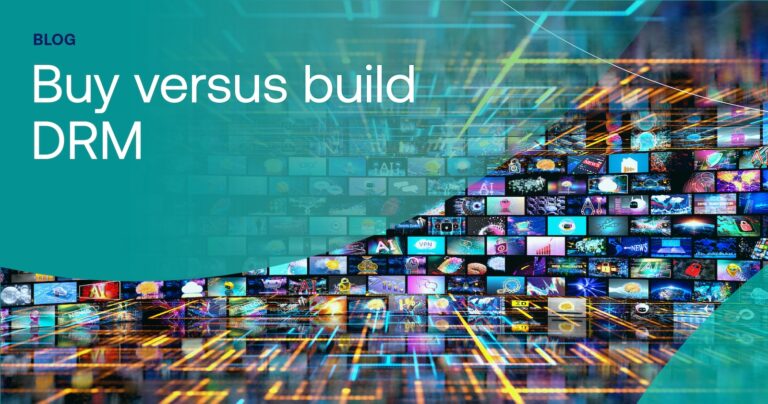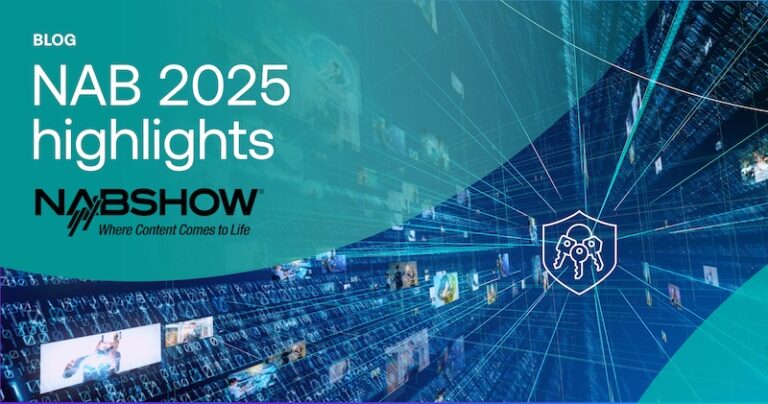- The era of digital distribution of content could be extremely lucrative but it is threatened by content piracy and unauthorized access.
- The purpose of digital rights management is to protect digital content and associated revenue for rights holders.
- Digital rights management works by encrypting content and then ensuring users meet certain conditions in order to decrypt it.
The world’s hunger for content can now be met with near immediate gratification. Today, you can watch or listen to almost anything you want, at any time, on any device. And you can get it delivered to you virtually instantaneously. Meanwhile, as digital media organizations gain an unprecedented level of insight into market segmentation through business intelligence analytics, and broadband speeds constantly rise, it is opening the floodgates for content providers to create unique and personalized ways to cater to the global audience.
However, people rarely want to pay for what they can get for free. Whether for their own profit or because they simply don’t care about breaking copyright laws, piracy of copyrighted materials has become one of the biggest dangers to creative industries. To protect digital content, a flexible and effective solution is needed which is where digital rights management systems come in.
What is digital rights management?
Digital rights management is the technology that is used to protect and monetize intellectual property and copyrighted materials from misuse or theft in the digital sphere. The two core objectives of digital rights management are data protection and data governance. It achieves these objectives in four ways:
- Encryption – Valuable content is encrypted to prevent unauthorized usage and copying
- Governance – The encryption key is bound with a set of conditions that must be met to use the key
- Authentication – Once a user has been identified as meeting these terms their DRM client receives authorization to encrypt the content
- Enforcement – The user’s authorization is regularly checked to ensure they still meet the terms of the license
Traditionally, digital content has been protected with encryption. A digital rights management (DRM) system, using a secret key, encrypts content to make it unwatchable so that only somebody who has the key can decrypt and watch it. But that key, like all digital information, is easy to copy and share so on its own it is not sufficient to protect the content.
To bolster overall content protection, business rules were added that define DRM policies, such as when and how the keys can be used. The enforcement of those rules upon the devices used to consume the content came next and with it arrived our current digital rights management definition.
What is DRM composed of?
Digital rights management has become a cornerstone of the current content consumption landscape, especially with the rise of OTT streamers. The purpose of DRM is manifold, and typically includes these five attributes:
- Prevents unauthorized use, sharing and copying of digital content
- Reduces risk and providing revenue protection for content providers
- Creates flexible access controls to enable market segmentation and user optimization
- Assures content producers of their product’s safety when licensed to third-parties
- Allows secure storage and distribution between collaborators during content production
How digital rights management works
Since the dawn of the digital age, copyright holders have been attempting to address the piracy problem. This was initially software-based, i.e., trying to stop people copying computer games and operating systems. As music, film, television and sports moved into the digital world, rights holders needed to find lightweight, non-intrusive and effective DRM technology solutions to protect their intellectual property.
Early forms of DRM technology included putting physical limits on how often something could be copied or required users to type in product keys, which inevitably ended up in the public domain. However, the concept of preventing people from exceeding fair use, stopping piracy and protecting content went to another level with the move to digital media and the need for digital rights management.
Here’s a rough idea of how DRM technology works:
- Digital content is encrypted (part of the “packaging” process) and can only be unlocked by a secret encryption key
- This key is bundled with a digital license containing rules about content usage
- When a user requests to view content (e.g., clicks on a show to watch), the DRM client checks the license
- If satisfied, the user receives a token of validation
- This token tells the receiving device it is OK to decrypt the content
What is a digital rights management system checking for?
There are a number of different uses of DRM, meaning that DRM technology is very flexible and can be used to create a great variety of usage policies. The same DRM principles apply for any kind of video-enabled devices including smartphones, computers, tablets and gaming consoles. DRM systems can also protect non-audio visual assets such as software, bytecodes, eBooks, and more.
The rules that the DRM technology checks for are designed to be quick and simple, such as:
- Is the subscription in good standing?
- Is the user in a valid location?
- Has the user registered this device for use with their subscription?
- Has the time-based usage rule (if any) expired?
When you tell your set-top box or smart TV to play a particular movie, the DRM client in the device looks at the policies in the license to determine if they are satisfied. If so, the client device can access the encryption key and use it to decrypt the movie for watching.
The license may also contain rules for time-based usage, for example a movie can be watched for up to 48 hours before it is disabled, or the movie may be downloaded to the user’s device for watching in an offline setting such as on a plane or train.
The flexibility of these rules allows digital content providers to tailor their user experience through their digital rights management system. Features such as differentiated pricing, special offers or limited usage can be effectively built into the provider’s shopfront infrastructure without becoming an obstacle or cause for lag.
Put simply, DRM technology is what copyright holders and providers of digital content now rely upon to build a successful business model and get rewarded for their hard work.
Intertrust and digital rights management
Intertrust was one of the earliest firms to spot the need for DRM. In 2005, we became one of the founding members of the open-standard Marlin DRM specifications, along with Panasonic, Philips, Samsung and Sony.
Marlin created an industry-wide standard for securely providing digital content to the world. Intertrust’s current ExpressPlay™ Media Security Suite is based on Marlin and allows for easy interoperability with the rest of the big DRMs:
For digital media and copyright holders, getting to know the purpose of digital rights management, what it offers to their organization and how it can cater to their specific needs is essential for building a successful digital business that’s future‑proof.
For answering questions such as what is DRM, how does DRM work, and how it can help you protect service revenue, you can learn more through this link.
Now that you have read this introduction, please watch our animated video that provides a graphical illustration of the concepts introduced in this post, specifically DRM technology principles, what is its function and how DRM works.








